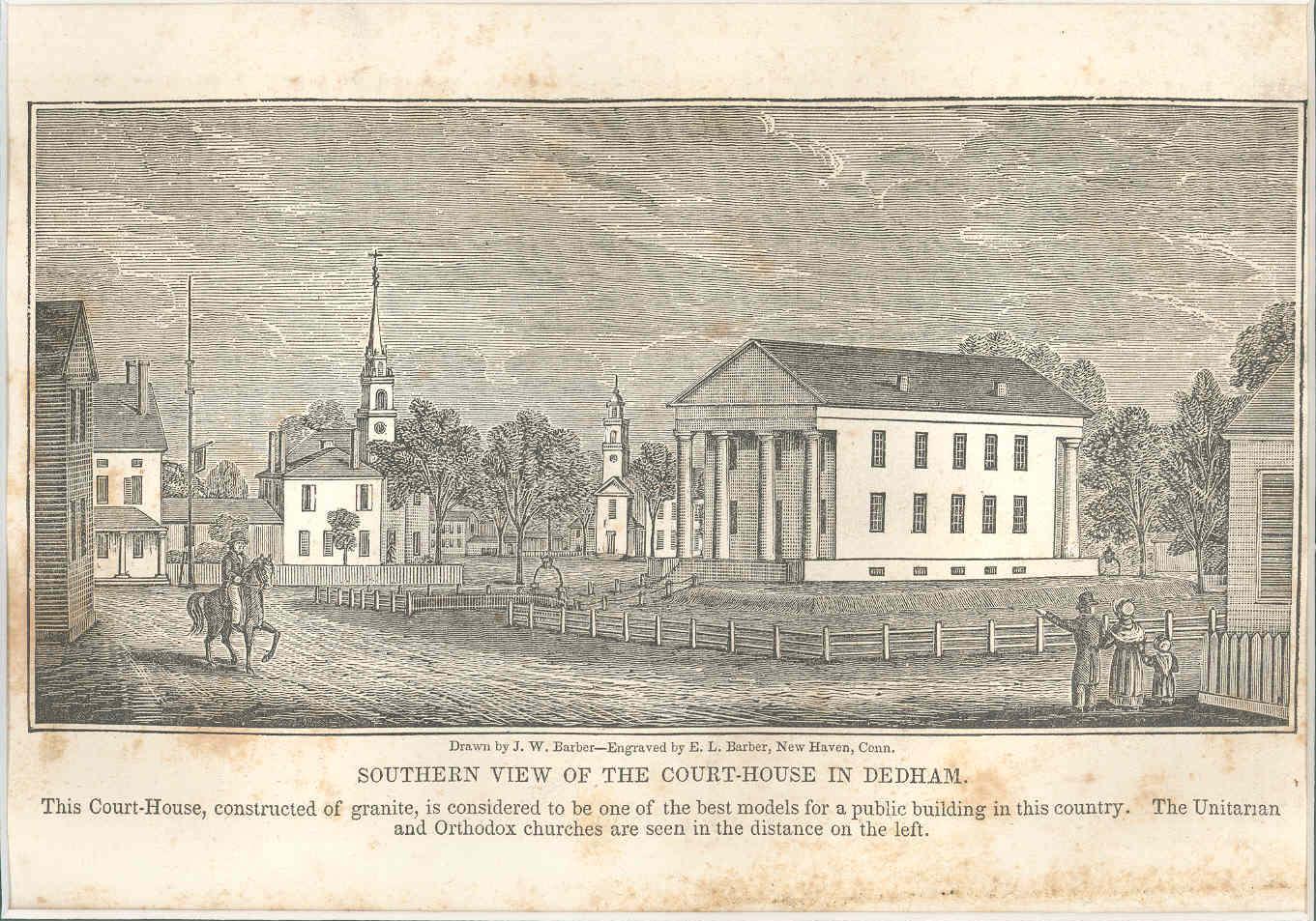
d: 1801
Jason Fairbanks
Summary
Name:
Years Active:
1801Status:
ExecutedClass:
MurdererVictims:
1Method:
Stabbing / SlashingDeath:
September 10, 1801Nationality:
USA
d: 1801
Jason Fairbanks
Summary: Murderer
Name:
Jason FairbanksStatus:
ExecutedVictims:
1Method:
Stabbing / SlashingNationality:
USADeath:
September 10, 1801Years Active:
1801Date Convicted:
August 8, 1801bio
Jason Fairbanks was born around 1781 and lived in Dedham, Massachusetts. He came from a well-respected family, part of the long-standing community in town. He was known to be frail and sickly, reportedly due to a failed smallpox inoculation that left his right arm largely unusable. Fairbanks’s physical weakness played a central role in both how he was perceived by others and how his defense later shaped arguments in court.
He began courting Elizabeth “Betsey” Fales, two years younger than him, while they were both students at a local signing school affiliated with the First Church and Parish in Dedham. Their relationship was stormy and filled with uncertainty. Betsey frequently broke off the courtship, only to resume it later. Her parents disapproved of Fairbanks, and some of their interactions were kept secret from the family.
Despite, or perhaps because of, her hesitance, Fairbanks became increasingly obsessed. On the day of her murder, he reportedly expressed to a friend that he intended to either take Elizabeth away to marry her or force himself upon her, as he had “waited long enough.” His mental state seemed to spiral in the days leading up to the crime, as he grew desperate to settle their future.
murder story
On May 18, 1801, Elizabeth Fales met Jason Fairbanks in a birch grove near Mason’s Pasture, about 400 yards from her home. There, she told him definitively that she could not marry him. What happened next shocked the town of Dedham and became one of early America's most widely followed murder cases.
Elizabeth was found stabbed 11 times, including a deep wound to her back, and her throat was slashed. Jason Fairbanks stumbled to her family’s house, covered in blood, claiming Elizabeth had killed herself and that he had tried, and failed, to take his own life. He was found in what was described as a “deplorable condition,” with self-inflicted wounds, though none life-threatening. Elizabeth, meanwhile, was found “writhing in her blood,” still alive but dying. She took a final sip of water and died in her mother’s arms.
Jason was too injured to move and remained in the Fales’ home until he recovered enough to be taken to the Norfolk County Jail. His trial began on August 6, just days after his indictment. It drew such public interest that it had to be moved from the courthouse to the meetinghouse, and finally outdoors to the Dedham Town Common.

Attorney General James Sullivan prosecuted the case, presenting over 30 witnesses, some of whom testified that Fairbanks had made threats against Elizabeth and her family. He had also borrowed the murder weapon, reportedly a knife, from a farmhand that same morning. The defense, led by notable attorneys Harrison Gray Otis and John Lowell, argued that Fairbanks was too physically weak to carry out such a violent act and suggested a possible suicide pact, although Fairbanks himself denied it.
On August 8, 1801, the jury found Fairbanks guilty of murder, and he was sentenced to death by hanging.
Nine days later, on the night of August 17, Fairbanks escaped from jail, triggering a massive manhunt. A $1,000 reward was offered, and Fisher Ames publicly called for his capture. The story ignited political tension between Federalists and Republicans in the press.
Fairbanks was finally found in Skeensborough, New York (now Whitehall), while waiting for a steamboat to Canada. He was brought back, not to Dedham, where he had escaped, but to Boston’s Suffolk County Jail. On September 10, he was returned to Dedham for execution.
The execution became a public spectacle: 10,000 people gathered on the Town Common, escorted by cavalry, militia, and infantry. Over 700 carriages were reported passing down Spring Street that morning, unprecedented in Dedham's history. Fairbanks was hanged under heavy guard.
His case inspired one of the earliest mass-distributed American true crime reports and even inspired early novels and poems. Though Fairbanks was gone, the controversy lived on: several individuals, including his own brother, were tried for aiding his escape. Some were convicted, others acquitted, but the tale of Jason Fairbanks and Elizabeth Fales became a permanent piece of American criminal folklore.